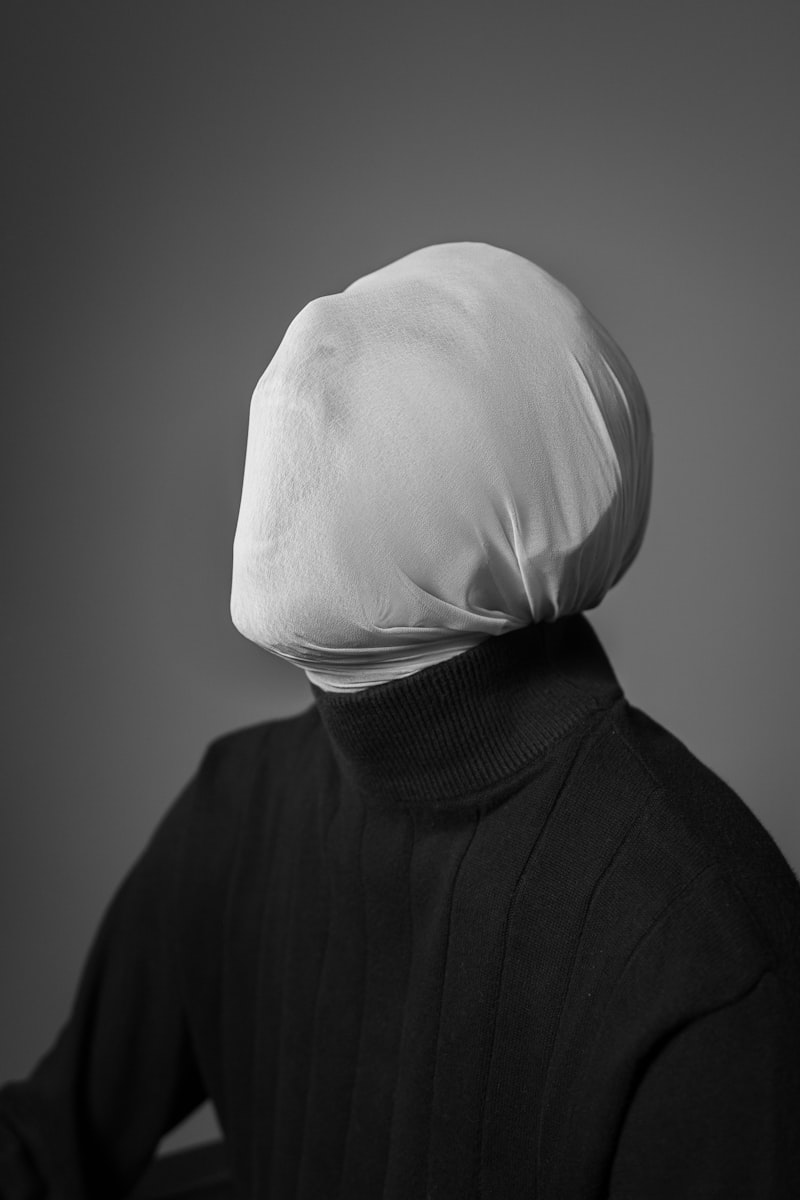The Evolution of Veils and Headpieces: A Journey Through Time
The Evolution of Veils and Headpieces: A Journey Through Time
Introduction to the World of Veils and Headpieces
The history of veils and headpieces is as rich and varied as the cultures that have embraced them. From ancient civilizations to modern fashion trends, these adornments have played significant roles in rituals, fashion, and personal expression. This article delves into the evolution of veils and headpieces, examining their significance, styles across different eras, and contemporary interpretations.

The Ancient Beginnings
The earliest records of head coverings date back to ancient civilizations, where veils served both practical and symbolic purposes. In places like Ancient Egypt, women wore sheer linen veils to protect their skin from the sun while showcasing their status. In addition to function, these veils were often adorned with intricate beads and jewels, signifying wealth and nobility.
In Ancient Rome, headpieces began to evolve into more elaborate forms. Women of higher social status were often seen wearing veils during public appearances, signifying modesty and virtue. Similarly, in other cultures such as the Greek, the use of headpieces became a statement of sophistication and social class.
Medieval and Renaissance Influences
In the Middle Ages, the use of veils became deeply entwined with marriage and religious practices. Brides across Europe commonly wore veils as a symbol of purity. Styles varied significantly based on region and wealth. Nobility often sported intricate lace veils adorned with precious gems, while working-class women opted for simpler fabric head coverings.
| Era | Characteristics of Veils | Cultural Significance |
| Ancient Egypt | Sheer, lightweight fabric, adorned with jewels | Protection from the sun, status symbol |
| Medieval | Full-length veils, lace embellishments | Symbol of modesty and purity in marriage |
| Renaissance | Elaborate headdresses, use of gold threads | Expression of wealth, artistry in fashion |
The Renaissance era marked a significant turning point in headpiece design. Women embraced ornate headdresses, often embellished with pearls and gold thread. These items weren't just accessories but also works of art that reflected the wearer’s taste and status.
The 18th and 19th Century: An Age of Extravagance
As we move into the 18th century, the extravagance continued. The Rococo period saw the creation of towering hairstyles adorned with feathers, flowers, and ribbons. Veils were often layered over these elaborate hairstyles, creating a striking visual effect.
In the 19th century, the Victorian era introduced mourning veils, primarily worn during periods of grieving. Dark, heavy materials were utilized for these veils, which were often short and designed to obscure the face. This period also saw the revival of lace and the use of intricate patterns in headpieces, which became fashionable among the upper classes.
The Twentieth Century: Modern Interpretations
The 20th century brought about dramatic changes in fashion, and headpieces were no exception. The flapper era of the 1920s introduced a more playful approach to headwear, with cloche hats and beaded headbands capturing the spirit of the times. Women began to shed traditional veils in favor of these trendy alternatives.
The post-war period saw a resurgence of the veil, particularly in bridal fashion. In the 1950s, Audrey Hepburn popularized the use of short lace veils, which became synonymous with glamour and elegance in weddings. The iconic image of Hepburn in her wedding attire continues to influence wedding fashion today.
Contemporary Styles and Innovations
As we delve into the 21st century, the world of veils and headpieces has continued to evolve. Modern brides now have access to a wide range of styles, from bohemian flower crowns to minimalist silk veils. Social media platforms like Instagram have influenced trends, allowing emerging designers to showcase innovative designs that blend tradition with contemporary aesthetics.
Furthermore, cultural influences have diversified the types of veils and headpieces worn today. From traditional Indian wedding dupattas to the Arabic hijab, various cultural practices have become fashionable in global contexts.
Popular Types of Veils and Headpieces Today
The variety of veils and headpieces available today is astounding. Here are some popular styles that have emerged in recent years:
- Cathedral Veil: Often chosen for formal wedding ceremonies, this long veil trails behind the bride, creating a dramatic look.
- Birdcage Veil: A short, netted veil that frames the face, adding a vintage touch to bridal attire.
- Bohemian Flower Crown: A whimsical option that incorporates fresh flowers and greenery, perfect for outdoor and rustic weddings.
- Headband Veils: A modern twist, which combines the elegance of a veil with the simplicity of a headband.
Conclusion: The Future of Veils and Headpieces
As we reflect on the evolution of veils and headpieces, we see a tapestry woven with cultural significance, fashion, and personal expression. Today, these adornments are more than just accessories; they carry stories, meanings, and histories. As trends continue to evolve, one can anticipate even more innovative designs and styles to emerge, catering to diverse audiences and celebrating individuality.
For those interested in exploring headpieces and veils, consider your personal style, the occasion, and what meaning you wish to convey. Whether you opt for a traditional veil or a modern headpiece, remember that it is ultimately about expressing who you are.
As you navigate the world of veils and headpieces, don't forget to explore various cultural styles that might resonate with your personal aesthetics. Each piece can tell a unique story while offering a glimpse into the rich tapestry of human history.
